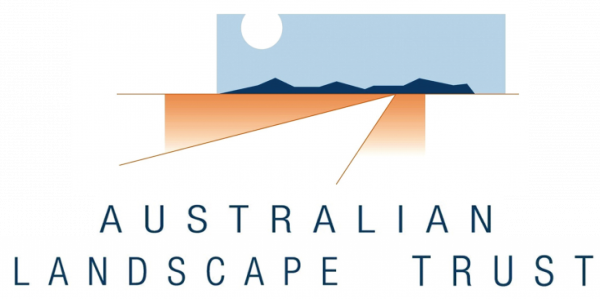Evidence-Based
Landscape Restoration
Calperum and Taylorville Stations are part of the Bookmark Mallee that covers more than one million hectares of continuous native vegetation, extending from Waikerie, SA to Scotia and Tarrawi in NSW. The landscape once consisted entirely of pastoral properties; but is now a mix of production-focused properties and those, such as Calperum and Taylorville, which are now managed to restore and protect their conservation and heritage values. Calperum Station extends beyond the mallee to the banks of the Murray River, and so includes floodplain communities—predominantly Black Box woodlands.
Calperum and Taylorville Stations are part of the Bookmark Mallee that covers more than one million hectares of continuous native vegetation.
Theory into practice in a real-world setting
The landscape once consisted entirely of pastoral properties; but is now a mix of production-focused properties and those, such as Calperum and Taylorville, which are now managed to restore and protect their conservation and heritage values. Calperum Station extends beyond the mallee to the banks of the Murray River, and so includes floodplain communities—predominantly Black Box woodlands. This floodplain is part of an internationally significant wetland—the Riverland Ramsar site. The properties also support semi-arid woodlands, dominated by non-Eucalypt tree species, that occur on heavy clay soils throughout the mallee and along the floodplain terraces that form an ecotone between the mallee and floodplain communities. These different vegetation communities interact and together make up the Bookmark landscape.
Truly integrated landscape management
The management of this landscape has, like in most areas of Australia, focused on specific management issues, and so has not achieved truly integrated landscape management. Although programs to address common threats across the whole landscape occur (e.g. control of introduced species) they are still generally focused on the needs of specific ecological communities not the landscape as a whole. The consequence is management that is piecemeal and which fails to capitalise on the synergistic improvements that could be achieved at the landscape scale by a more holistic approach to management and the research that guides it.
Evidence-based landscape management
The Australian Landscape Trust, in partnership with others, has been working to develop a landscape-scale conceptual model of this system and the evidence-based management required to protect and restore it. The approach taken to develop this evidence-based landscape management has built on the on-going community-focused management. Through research programs, such as the Ian Potter Foundation Early-Career Ecology Program and the Calperum Supersite, it will study how these management activities contribute to broader landscape objectives, and/or how they can be refined to better deliver outcomes at the landscape-scale. The result will be high quality scientific research that will produce evidence-based landscape management for the recovery of this ecologically significant, but degraded landscape. The project will also produce a model for creating effective evidence-based landscape management that could be applied to many other Australian ecosystems.

